GSR2: A new chapter in vehicle safety
Learn more about the changes introduced by GSR2 and how they contribute to protecting all road users.
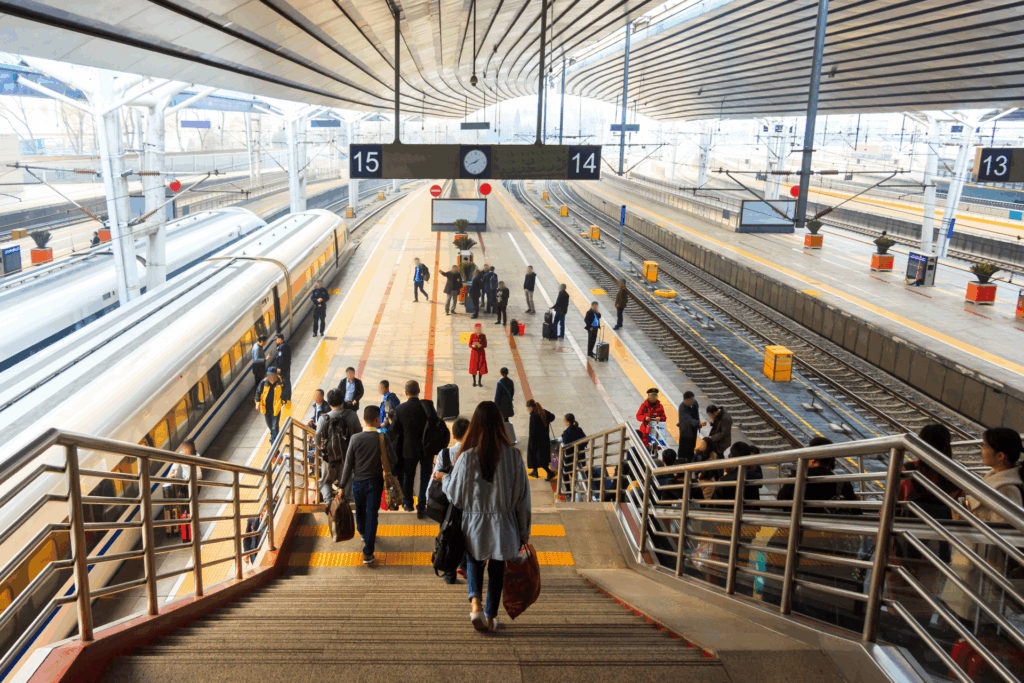
UITP: 140 years of mobility and one question that remains as relevant as ever
At the beginning of June, Hamburg will become the global centre for discussions about the future of public transport. The UITP Global Public Transport Summits, held regularly, are inspiring events that bring together industry representatives from around the world – transport operators, vehicle and technology manufacturers, academic experts, and policymakers.
Before the Summit in Hamburg begins, it is worth taking a closer look at what UITP is, its role in the development of mobility, and why its initiatives matter today more than ever before.
UITP (Union Internationale des Transports Publics) was founded in 1885 in Brussels. Initially, it was an organization bringing together European tram and urban railway operators. At that time, public transport was largely based on horse-drawn vehicles.
Over the years – as cities grew and new modes of transport emerged – UITP’s activities expanded to cover the full spectrum of mobility solutions. From buses and trolleybuses to metros and urban rail, and now to modern MaaS (Mobility as a Service) systems, advanced propulsion technologies, and mobile applications.
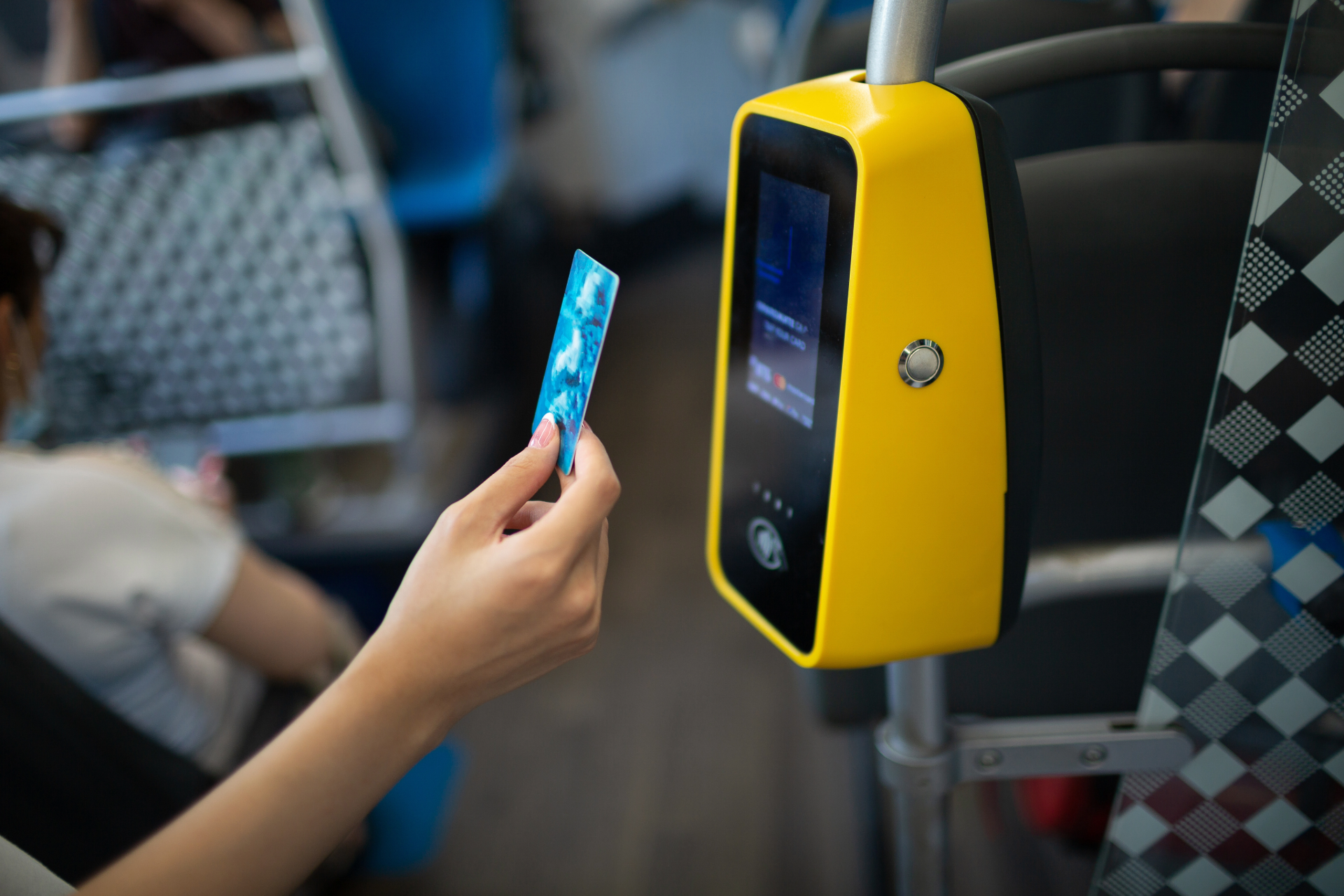
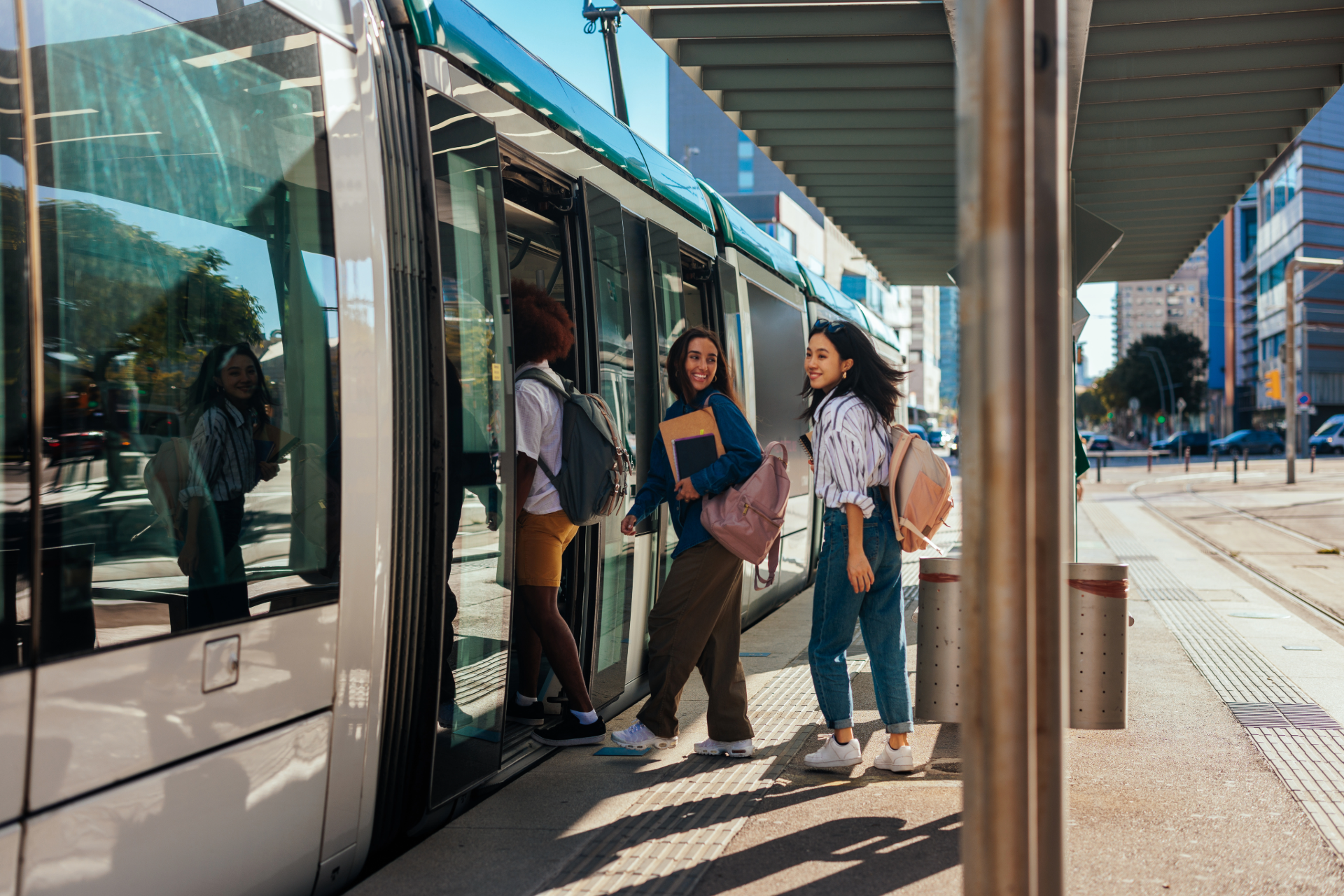
Today, UITP has more than 1,900 members in 100 countries: operators, cities and local authorities, universities and research institutions, vehicle and infrastructure manufacturers. It serves as a global platform for cooperation and knowledge exchange, supports innovation, and contributes to shaping transport policy at the European and international levels.
Interestingly, UITP has been asking the same fundamental question for decades: how to move people efficiently, safely, and effectively? The answers have evolved in response to growing challenges – urbanization, climate change, the need for inclusivity, and digital transformation. Collective mobility today is not just about technology – it’s a tool of climate, urban, and social policy.


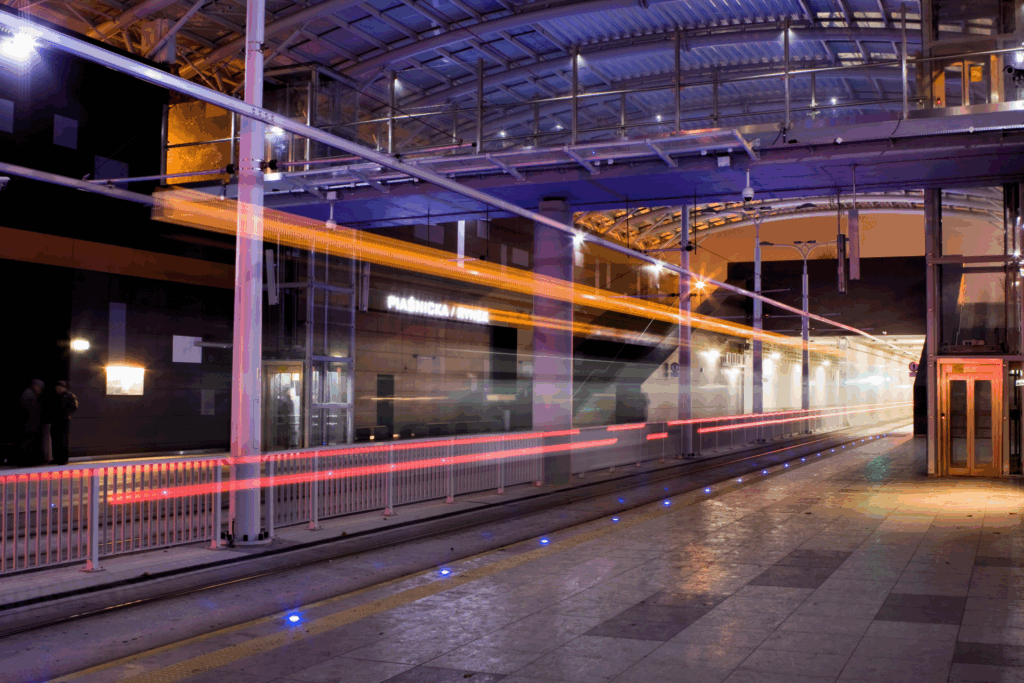
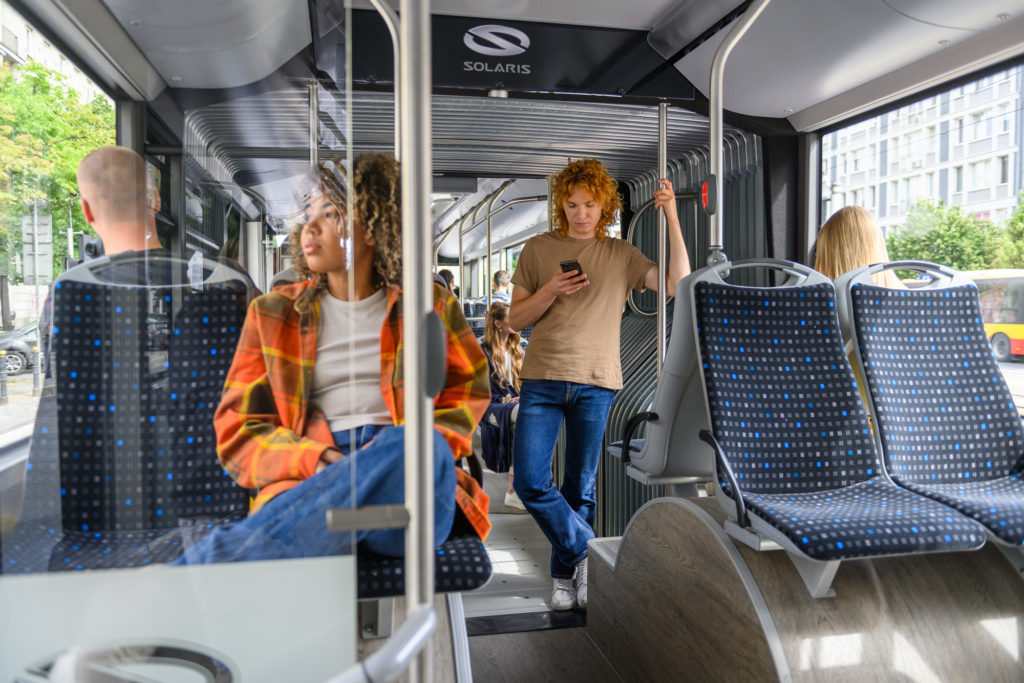
UITP – with over 140 years of experience – provides a platform that brings together all these perspectives and helps turn concepts into concrete actions.
UITP’s activities now go far beyond organizing congresses. The organization also conducts research, issues recommendations, and supports the implementation of innovative solutions both locally and globally. It shares knowledge through conferences, workshops, training, and publications. It builds a network of cooperation between cities, operators, and companies working together toward modern, low-emission public transport.
During the COVID-19 pandemic, UITP played a crucial role as a source of reliable information, best practices, and support for public transport operators worldwide. In this difficult time, the organization undertook a series of actions:
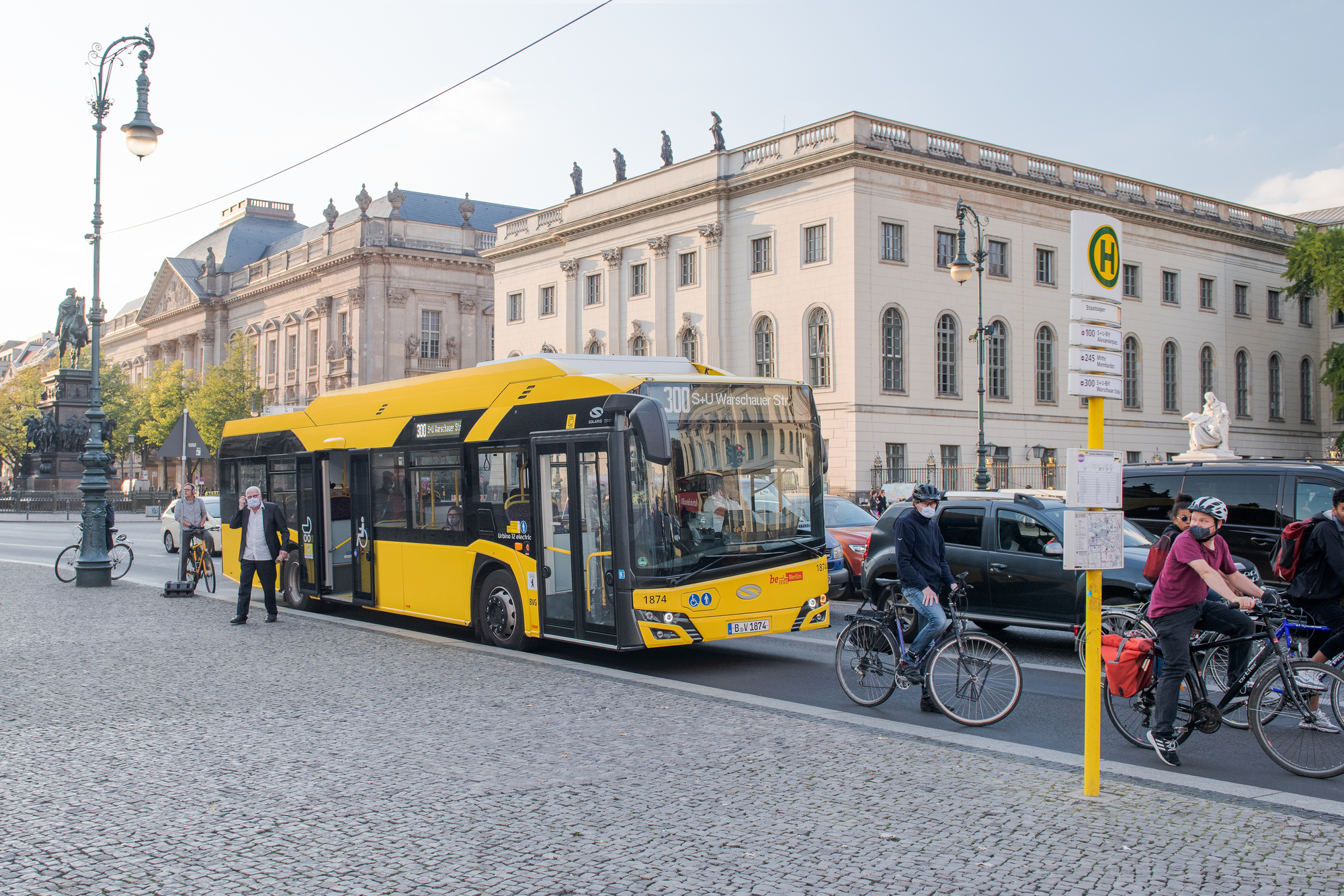
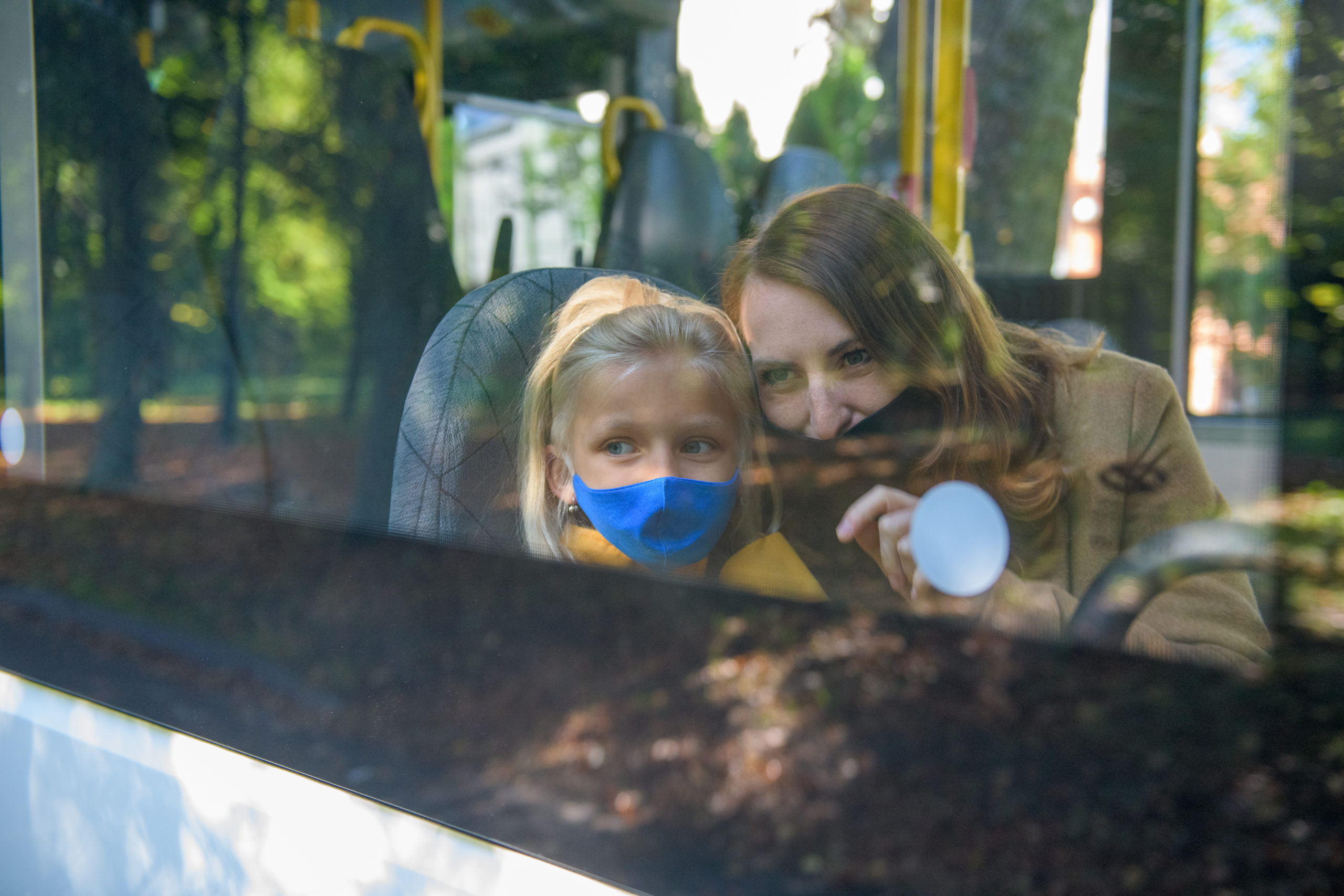
In recent years, one of the leading trends in transport has been zero-emission – understood not just as the choice of vehicles, but as a holistic approach to charging infrastructure, energy management, and product life cycle.
Digitalization is also becoming increasingly important – supporting planning, operational decisions, and service quality. Equally relevant is the topic of inclusivity – designing transport that is accessible to everyone, regardless of age, ability, or life circumstances.
In a world that needs cleaner, faster, and more integrated mobility, UITP creates the essential space for collective action. The next opportunity to join this global conversation will come in June – at the UITP Global Public Transport Summit in Hamburg.
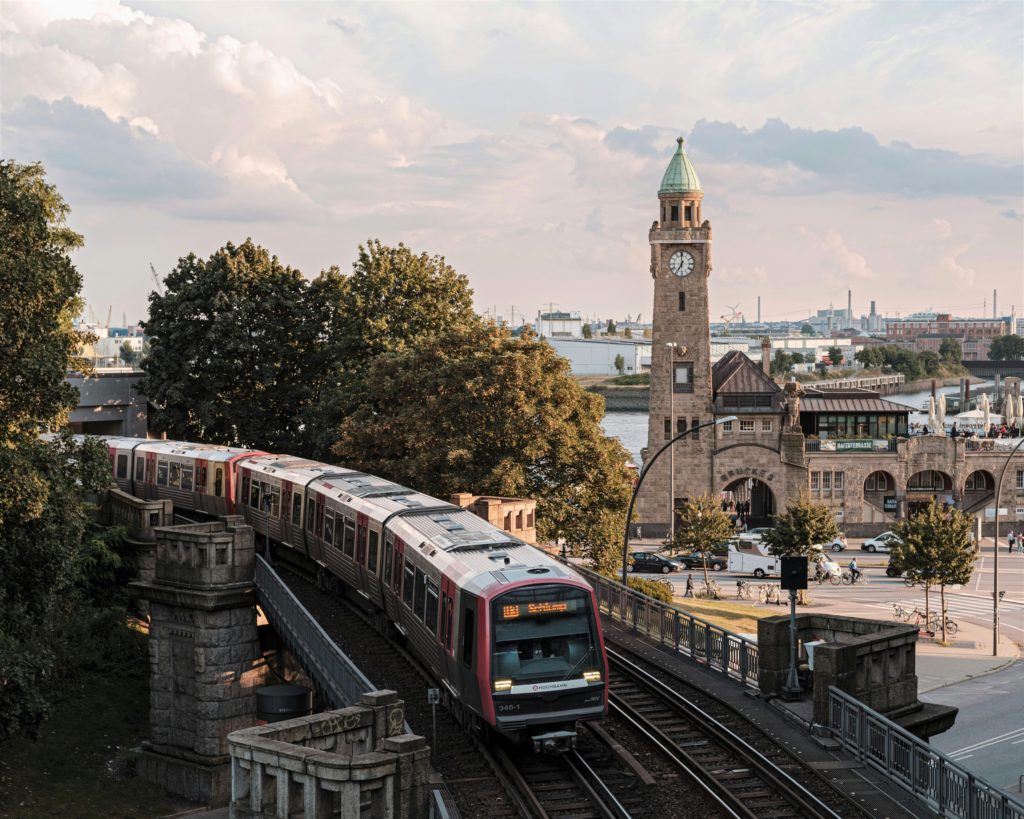
Learn more about the changes introduced by GSR2 and how they contribute to protecting all road users.
BRT in Aalborg: the city's solution for enhancing urban transport – what makes it so effective?
Starting in 2035, every newly registered bus will have to be zero-emission. Therefore, it's important to understand exactly what that means.